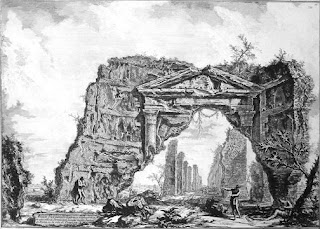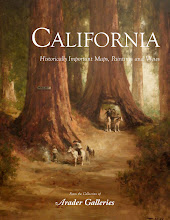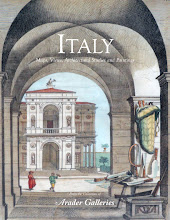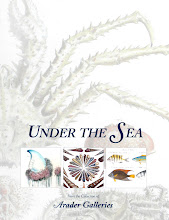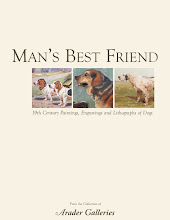
Inside the Tycho Brahe Museum on Hven
Arader Galleries, San Francisco recently had the opportunity to attend the International Conference for the History of Cartography held in Copenhagen, Denmark this year. During our trip to Denmark, we traveled to the island of Hven, Sweden to visit the Tycho Brahe Museum and Observatory. Tycho Brahe was a Danish scientist and astronomer who dedicated 20 years to the study of the celestial heavens on Hven. He is best known in history for the astronomical observations which led Kepler to his theories of the Solar system. Hope you enjoy reading about his life below.
Tycho Brahe was born to Danish nobility in 1546 and by the age of 13, he was sent to the University of Copenhagen to study philosophy and rhetorics. A solar eclipse in 1560 awoke his interest in astronomy, and he began reading books on the subject. He attended the universities of Leipzig, Wittenberg, Rostock and Basel to study law, humanities and science. In Leipzig he started astronomical studies without permission, but was soon forgiven after demonstrating successes. He found that old observations were very inaccurate, and started to design methods and instruments for high-precision measurement of positions of celestial bodies.
On November 11th, 1572 he observed a new brilliant star in the constellation of Cassiopeia. Brahe's measurements showed that it really was a distant star and not any local phenomena. This was very intriguing at that time, since the sphere of the stars was considered to be divine and perfect. Brahe observed its brightness evolve until it faded away the next year. He reported the event in his book "De stella nova", which made him famous all over Europe.
Because of his scientific observations, Brahe was granted the island of Hven by the Danish King Frederick II in 1574. The site and other sites, which created the basis for financing the research project that he so strongly wished to devote his life to. On Hven he had a library, laboratory and platforms for observations of the skies. He also had assistants who lived with him on the island which were recruited from universities and from his colleagues in Europe that he maintained correspondence with. Brahe entered into multiple-year contracts with them. In these contracts, they committed themselves to assisting Brahe in his scientific work, and not to reveal the results that were achieved to any outside parties. In return, they received food, lodging and clothing. More than 100 assistants are mentioned by name, as being active on Hven, in the observation protocols, letters and other documents from this time. The research was carried out in subjects such as astronomy, chemistry, medicine, horticultural refinement, meteorology and cartography.
We strongly encourage you to visit the Tycho Brahe Museum on the beautiful island of Hven during your future travels to learn more about Brahe’s life and contributions to modern science.



